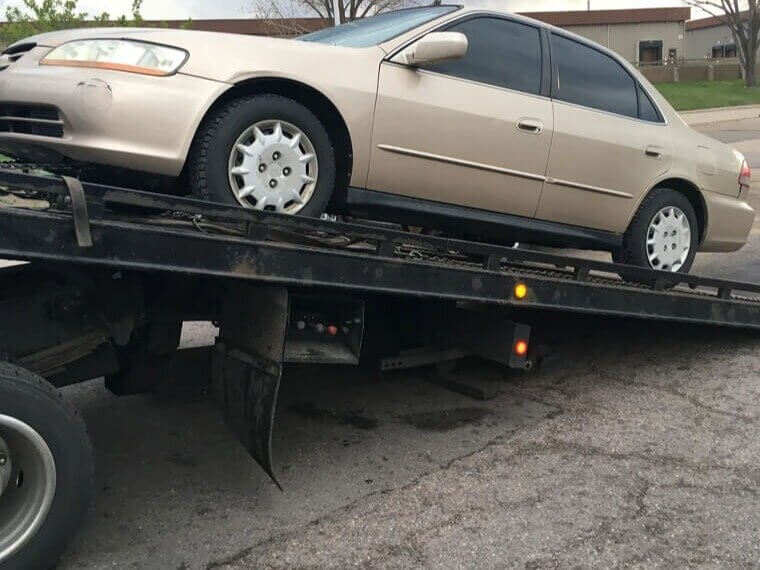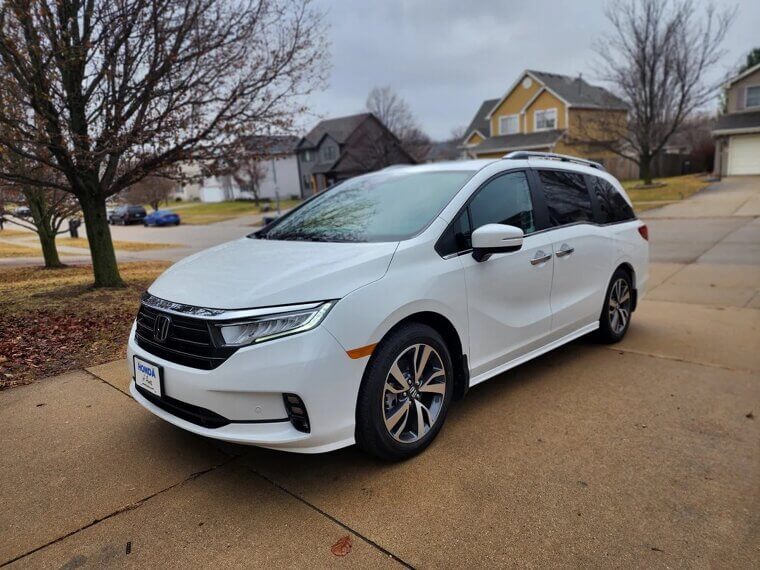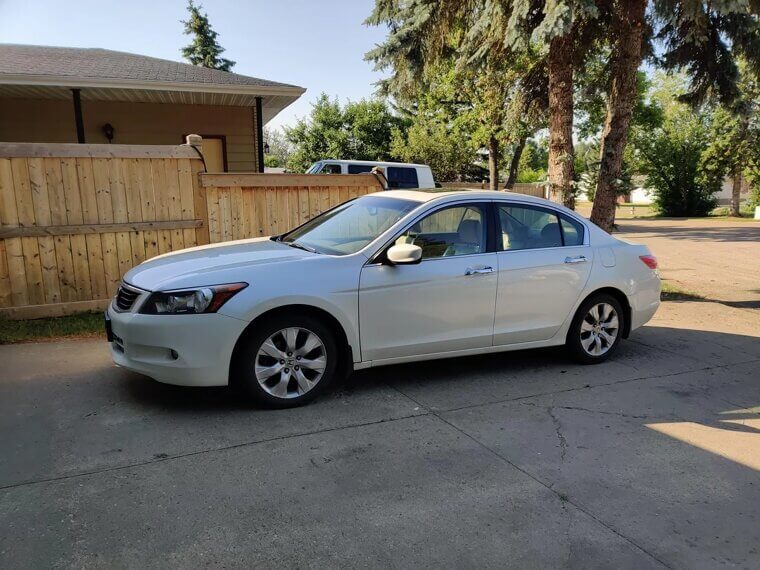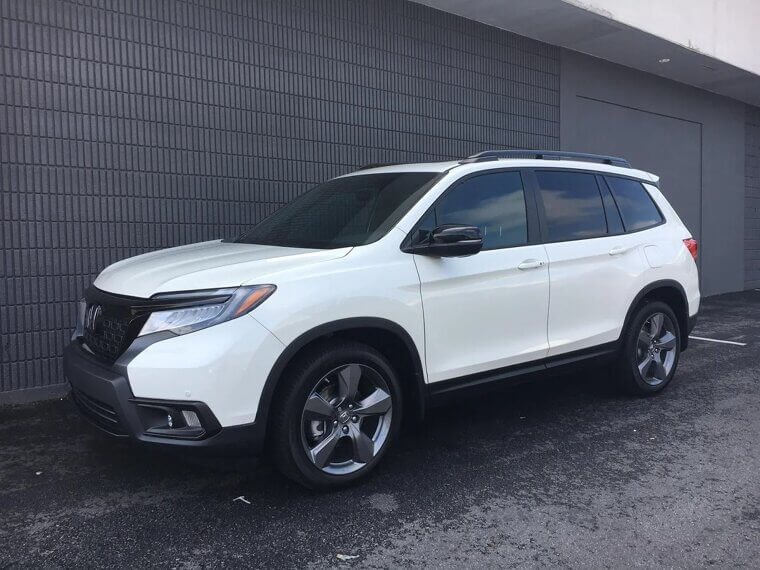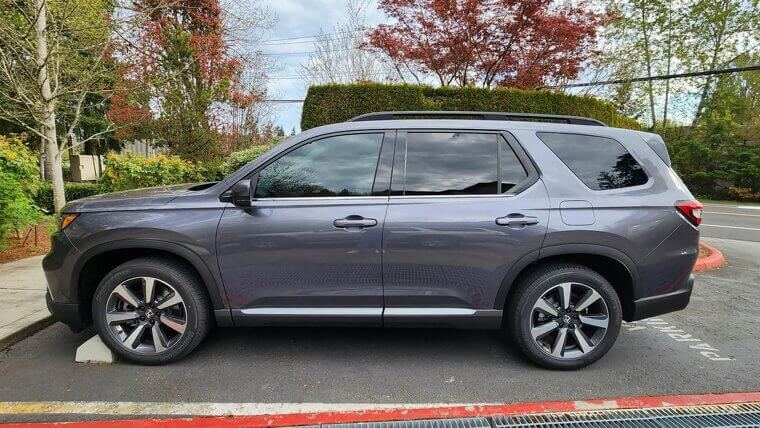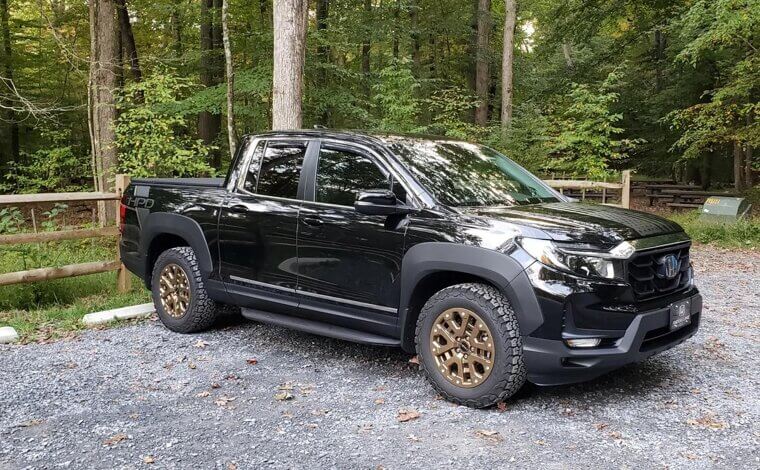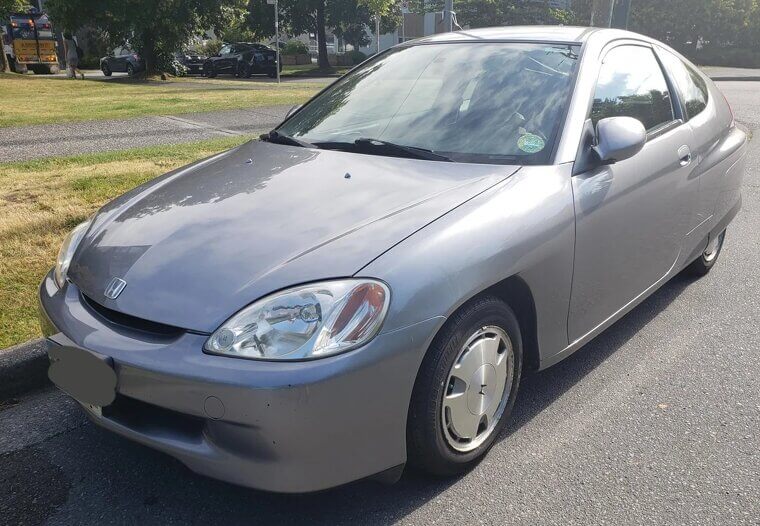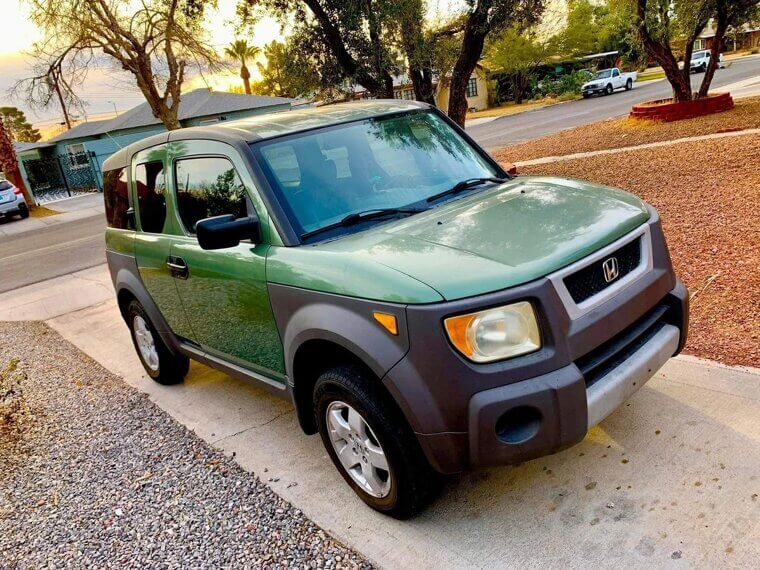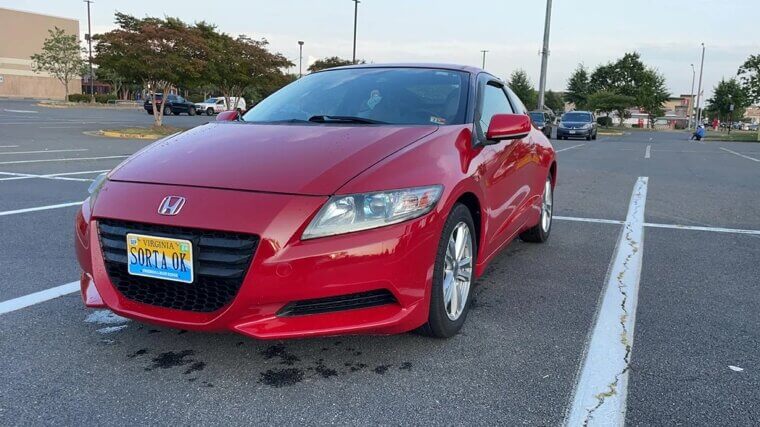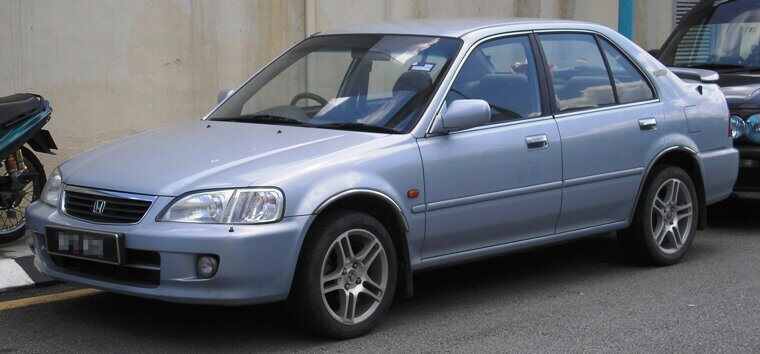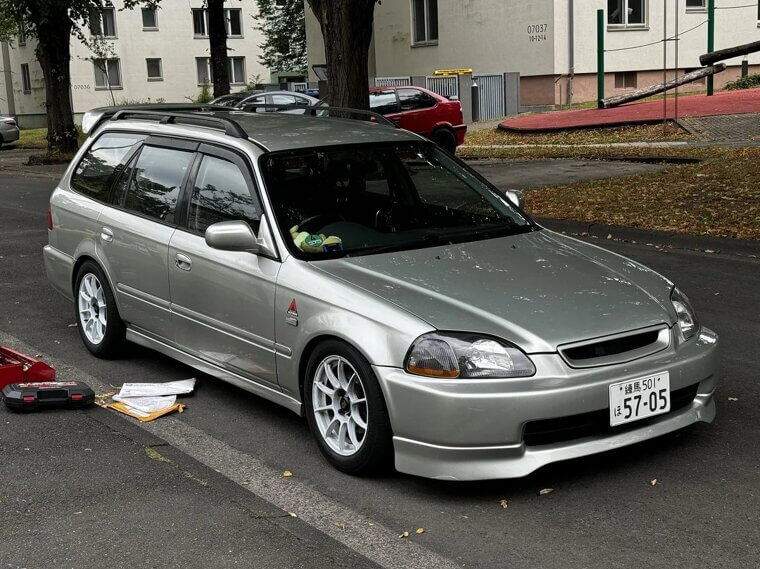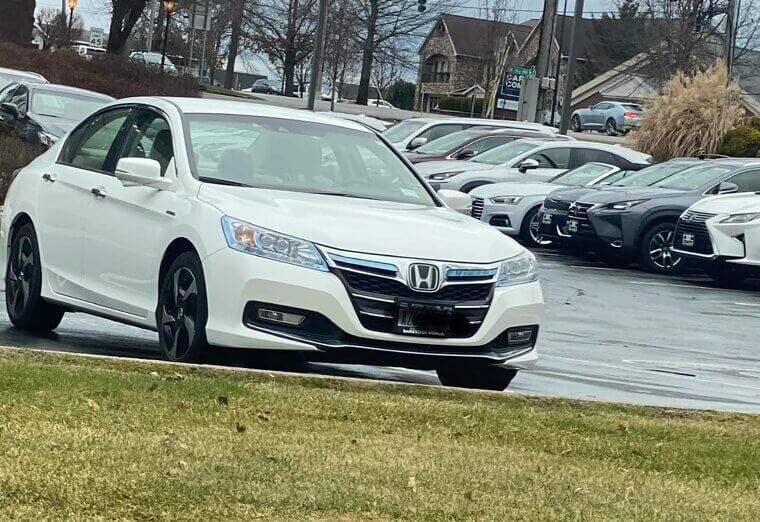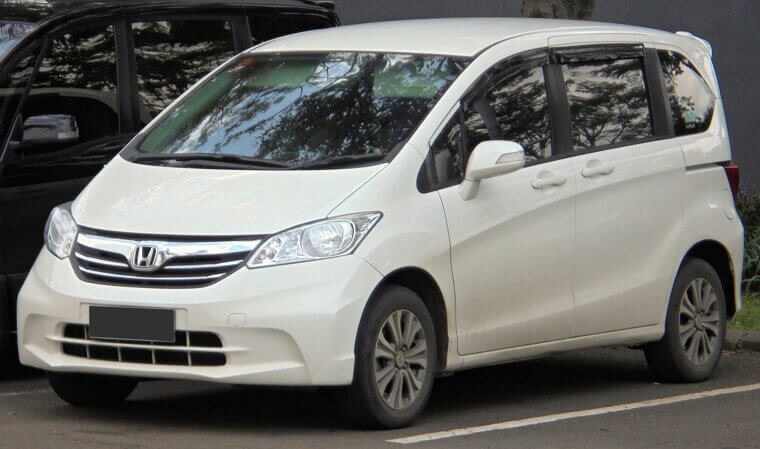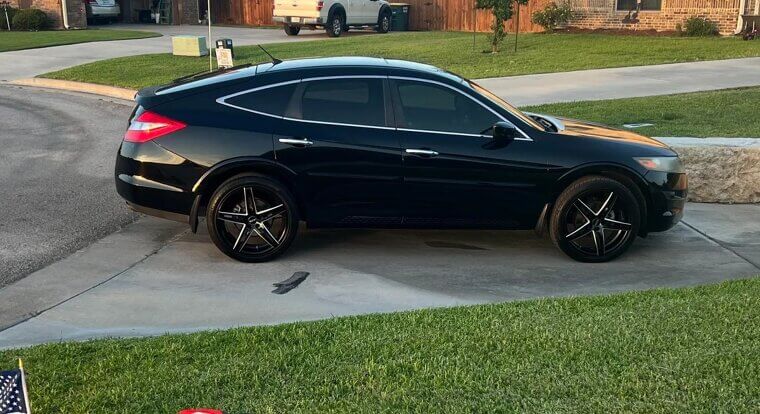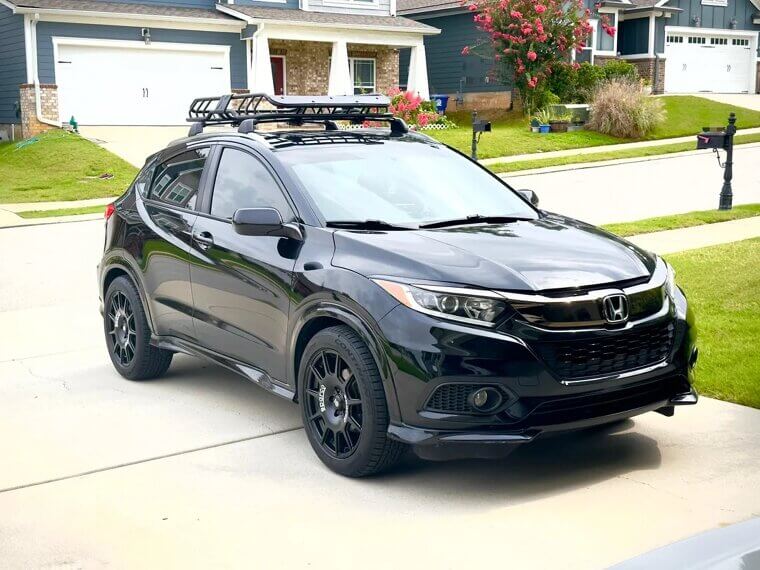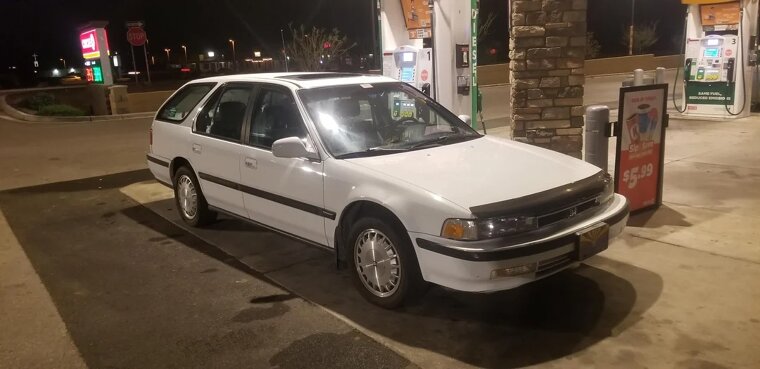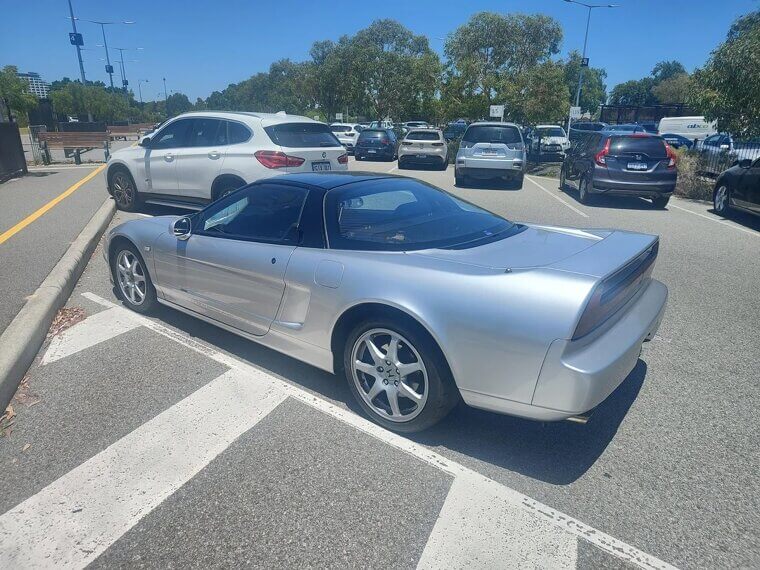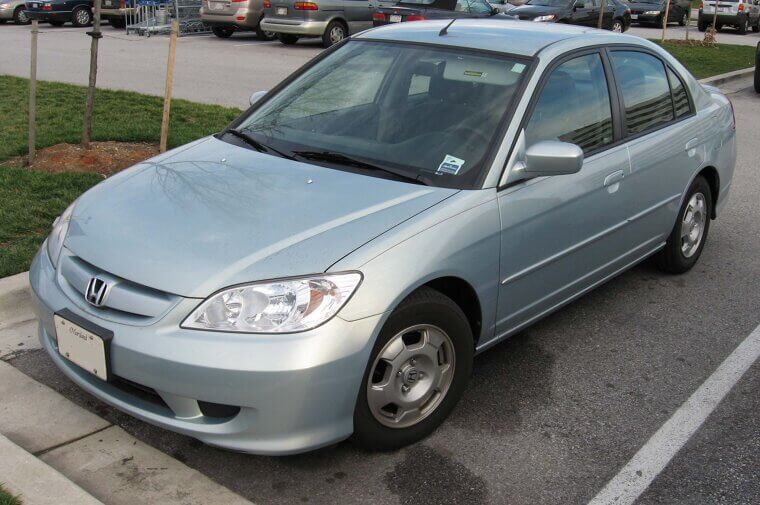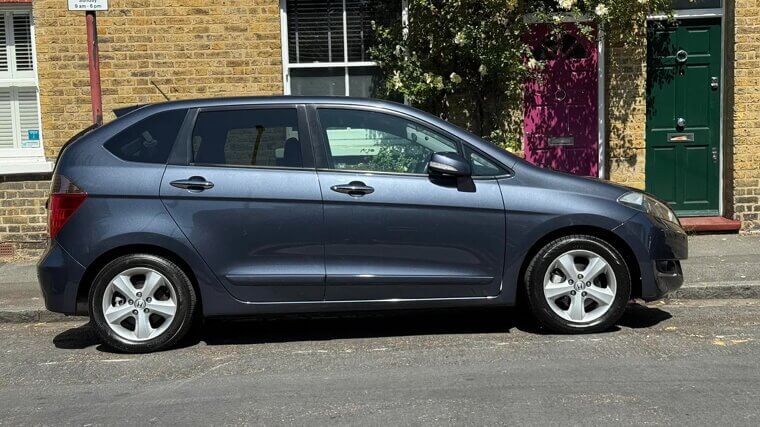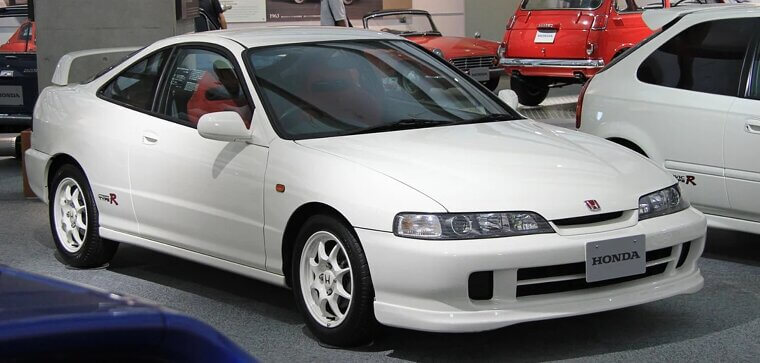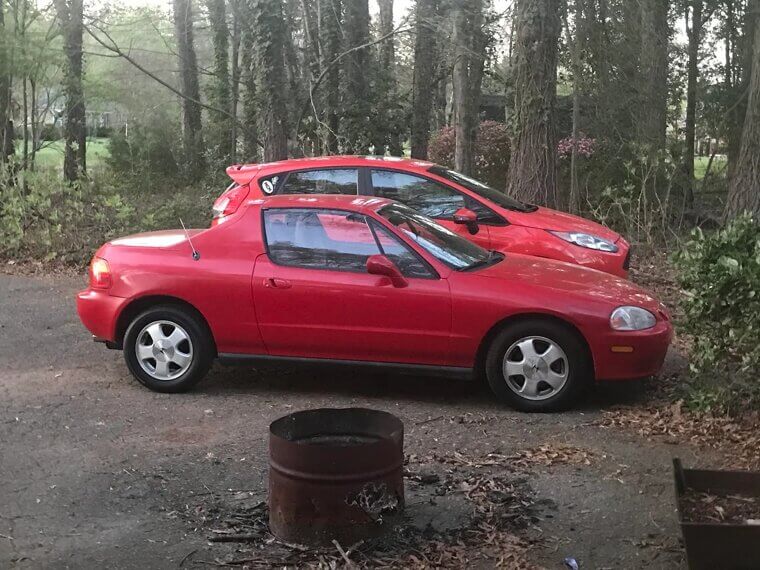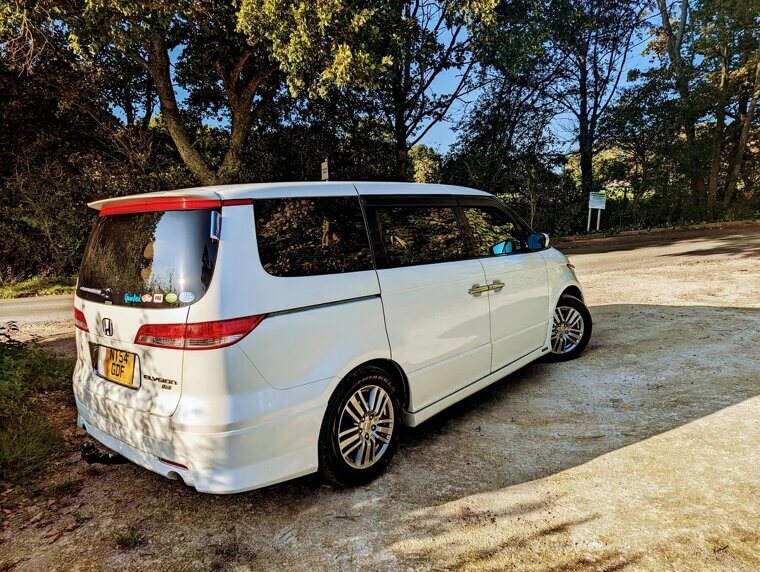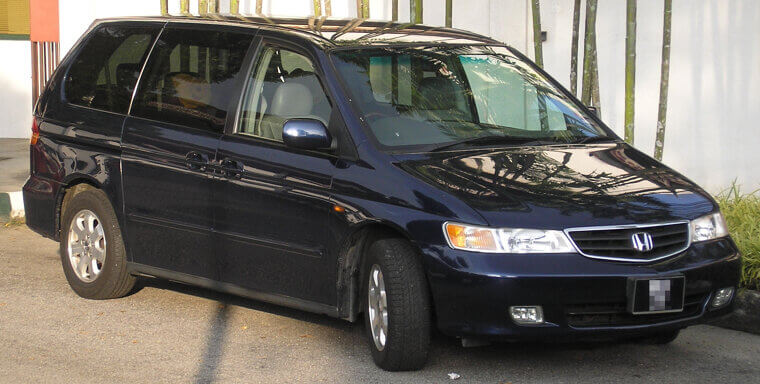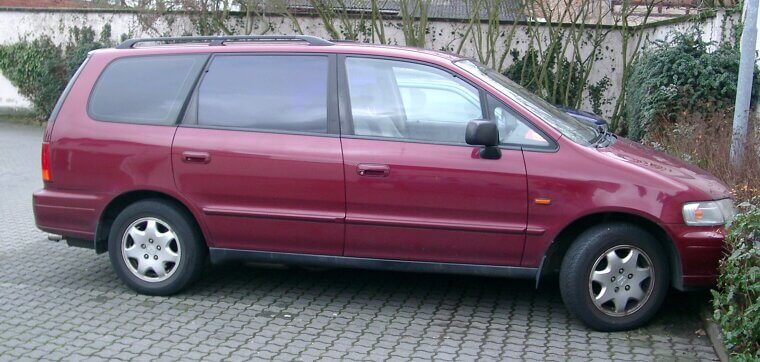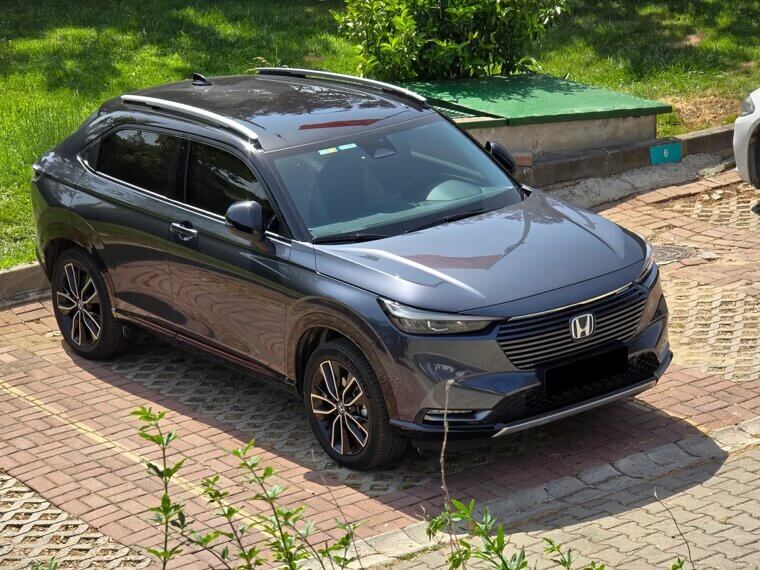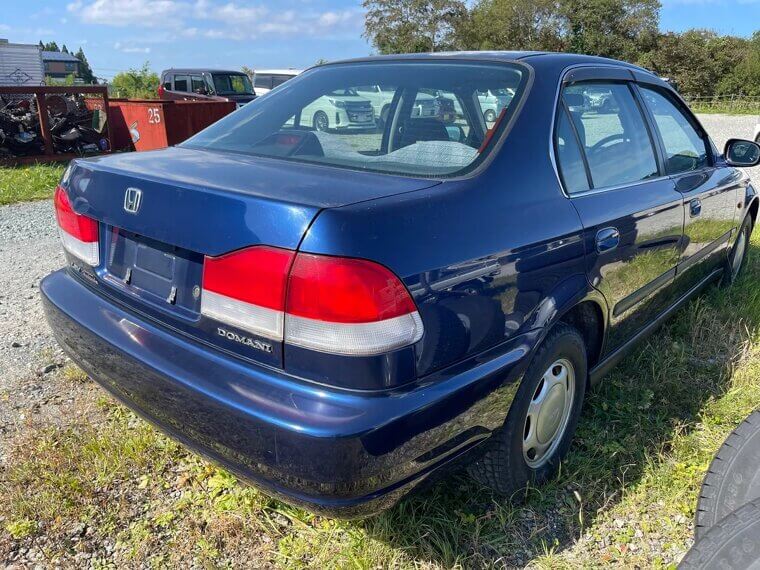Unreliable Hondas That Have Drivers Worried Every Time They Drive
Honda is known for making reliable, economical vehicles, but many of its models have gone through dodgy eras that damaged their reputations with many drivers. If you’re struggling to choose your next Honda, keep reading as we dive into why many of them lost their reputation for reliability.
Honda Odyssey
The early Honda Odyssey minivans were a great addition to the market, but their reputation for reliability waned in the early 2000s due to transmission failures. These mechanical failures were soon joined by common electrical gremlins in the later models, further shattering that dependable image.
Honda Civic
Honda Civics are known for being trustworthy vehicles, but they also stumbled in the early 2000s, resulting in a hit to their reputation. The 2001-2005 Civic generation is renowned for horrific automatic transmission failures, and many Civics also alienated customers due to their poor quality.
Honda Accord V6
The Honda Accord V6 was plagued with massive transmission failures for almost a decade. From the late-1990s to the mid-2000s, the Accord was a financial liability due to its frequent (and expensive!) breakdowns and repair jobs. The V4 engines were far more reliable.
Honda CR-V
We love the Honda CR-V, but its reliability issues started fairly recently. In 2017, models with 1.5-liter turbocharged engines suffered from severe oil dilution, particularly during winter, which caused the cars to emit a foul odor and stall frequently.
Honda Passport
The Honda Passport was the brand’s first SUV, but drivers found it unrefined and somewhat flawed compared to its close competitors. Its 2019 reintroduction was also disappointing due to electrical glitches and reported transmission issues, causing it to undermine Honda’s reliable reputation.
Honda Pilot
Like the Accord V6, the first-gen Honda Pilot also suffered some embarrassing transmission faults, leading to early failures. The later models were plagued by a different problem: excessive oil consumption. A Honda that should have been dependable became a huge pain to run.
Honda Ridgeline
Honda launched its first pickup truck in 2006, and while many drivers loved it, some had serious problems with the transmission and V6 engines. The second-gen model fixed that, but suffered fuel system faults instead. Trucks should be reliable, and the Ridgeline failed to reassure people.
Honda Insight
It started out strong, which only made the Honda Insight’s reliability issues all the more disappointing. The 2010-2014 era was particularly rough, with failing battery packs and faulty CVTs. Many owners shelled out money on costly repairs that shouldn’t have been required.
Honda Element
It’s a rugged choice, but the Honda Element was the perfect choice for people who wanted a car to explore the open roads in. However, its reputation took a bit of a nosedive when drivers began to report issues with several engine components and the paintwork’s durability.
Honda CR-Z
When Honda released the CR-Z, it proved that it could be sporty just as well as practical, until the problems presented themselves. The Integrated Motor Assist battery wasn’t durable or powerful enough for long-term use, which impacted its performance and caused expensive failures.
Honda Prelude VTEC
We can’t deny they’re impressive on the road, but older Honda Preludes with VTEC engines, circa late-1990s, had extremely fragile transmission systems that often broke down and impacted the driving experience. It made Honda seem unable to refine its sportier cars.
Honda Acura TL
Any car that becomes famous for one catastrophic era will forever be plagued by reliability concerns, and that’s exactly what happened with the Honda Acura TL. The 1999-2003 models were widely recalled for transmission failures, which tarnished the model's luxurious image.
Honda Fit
The Honda Fit was known for its reliability from the second it entered the market, but in the early 2010s, it suffered some setbacks. Certain models became very rusty, which made people question their durability, and there were also unforeseen motor issues.
Honda Stream
In 2000, Honda introduced the Stream, and drivers soon noticed some transmission issues that were not yet refined. Later models also had dodgy suspension, which put many drivers off investing in one. For a family vehicle, this was hugely disappointing and inconvenient, and definitely dented the Stream’s reputation.
Honda City
The Honda City was hugely popular in Asia, but even its impressive sales couldn’t mask the problems that emerged later. From jerky shifting and transmission failures to overall weak build quality, the City wasn’t so affordable after those costly repairs. This did harm its long-term credibility.
Honda Orthia
Honda based the Orthia on the Civic, which should have set it up for success. However, this model suffered both internal and external faults (namely, poor transmission and paintwork) that reduced its impact on the market. It aged poorly compared to its rivals and became a more elusive Honda.
Honda Accord Plug-In
In 2013, Honda embraced the plug-in trend and released a new version of the Accord. Unfortunately, its limited battery was extremely weak, and the software often glitched out, requiring repairs. It should have cemented Honda’s all-around reputation, but instead became a problematic model.
Honda Freed
The Honda Freed had great potential, and it did well in Japan. But it developed some awful CVT failures, and the later hybrid models also used subpar batteries. It’s a shame that the Freed didn’t establish itself as the reliable family vehicle it should have been.
Honda Crosstour
You’d think that Honda couldn’t go wrong with a wagon version of the Accord, but the Crosstour never really earned a reputation for reliability. It was supposed to be a family car, yet it was impractical to drive, and its experimental nature caused it to look and feel unrefined.
Honda HR-V
Both the original and revived Honda HR-Vs were decent cars, but that doesn’t mean they were 100% reliable. The first-gen models regularly suffered CVT faults, and the modern ones often diluted and wasted oil. Both required annoying, frequent, and costly repairs.
Honda Accord Wagon
While the Crosstour was essentially a wagon-shaped Accord, Honda actually released the real thing back in 1989. Sadly, it featured the same V6 engine issues, making it more of a hindrance than a help to busy drivers. Its mechanical failures overshadowed its otherwise practical design.
Honda NSX Automatic
The Honda NSX is an icon, and the manual models have long maintained their incredible reputation. However, the automatic transmission versions, released in the 1990s, suffered from gearbox failures that were very expensive to repair. This definitely undermined the model’s previous stalwart reliability.
Honda Del Sol
We love a fun car, but boy, did the Honda Del Sol have its share of issues! From electrical gremlins to leaky roofs to awful automatic transmissions, the Del Sol was a nightmare to run, and many owners were disappointed that they couldn’t reliably use it for the fun driving they were promised.
Honda Civic Hybrid
If in doubt, hybrid, or at least that’s what Honda tried to do with the Civic in 2003. But, like with the CR-V, the Integrated Motor Assist battery routinely failed, and the CVT wasn’t up to snuff either. This hybridization should have been a roaring success, but it was unreliable.
Honda FR-V
What hurts the most about the Honda FR-V is that it looks exactly how a reliable vehicle should, yet it couldn’t fully deliver. It lagged behind competitors, plagued by serious transmission faults that deterred potential buyers. As a result, Honda quietly phased it out.
Honda Integra
Younger drivers may not remember this, but the well-liked Honda Integra suffered a significant reputational blow in the ‘90s due to its weak transmission system and poor-quality suspension. It’s proof that even iconic cars can slip below reliability expectations sometimes.
Honda Del Sol VTEC
We’ve brought the Del Sol back a second time because even the addition of a VTEC engine didn’t solve its mechanical faults. It was an attractive yet fragile model, and its constant maintenance quickly convinced owners that they were compromising on performance and durability.
Honda S2000
For a car that was praised for its engineering, the Honda S2000’s reliability issues hit harder than most. The clutch was assembled weakly, the timing chain was faulty, and the rear differentials couldn’t take much strain. It was a very pricey, unreliable model for Honda.
Honda Elysion
You might not recognize the Honda Elysion because it was a Japanese market model, but it certainly earned its place on our list. The V6 engine chugged oil, while the transmission frequently failed during transit. Many families were disappointed in its quality and the costly repairs.
Honda Lagreat
It’s ironic that a car named ‘Lagreat’ turned out to be not so great. This rebadged Odyssey carried over its transmission issues, with many Lagreat owners encountering gearbox faults and failures. As a result, the model didn’t last long in Japan.
Honda Shuttle
The early 2000s were a rough time for many Hondas, including the Shuttle, which had several CVT problems. Modern hybrid Shuttles were equally problematic due to their fast-degrading batteries. Drivers quickly found that they couldn’t always rely on even the most practical-looking vehicles.
Honda HR-V Hybrid
The hybrid version of the Honda HR-V had everything going for it, but nothing is worth paying a lot of money for if you're constantly having to repair it. Both the battery and transmission were faulty, resulting in disappointed buyers who had expected next-level quality and durability.
Honda Civic GX
We commend the Honda Civic GX for its innovation, particularly its natural-gas-powered engine; however, we must also acknowledge that it was impractical. Its rare design meant it was very hard to find reliable parts, and it suffered several expensive fuel system failures. It was too niche.
Honda Domani
Finally, we must mention the Asian-market Honda Domani, which shared many of the same reliability issues as other Hondas. The bodywork rusted easily, the transmission was below par, and many suspension components broke. It was affordable, but often not reliable.

